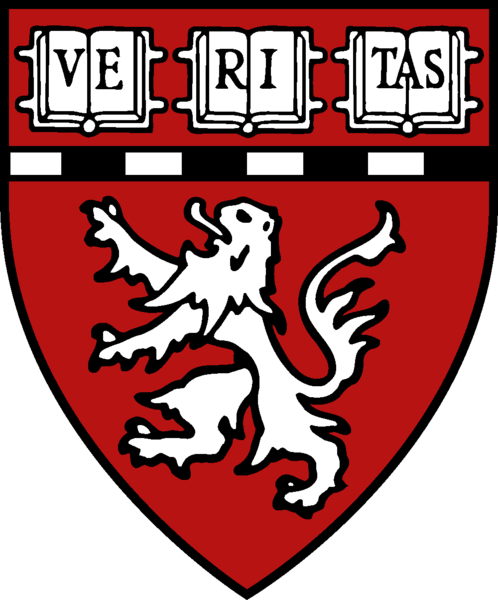


R. Krahe1,2*; G. Kreiman3; F. Gabbiani4; C. Koch3; W. Metzner1,2
1. Biology, Univ. California, Riverside, CA, USA
2. Physiol. Science, Univ. California, Los Angeles, CA, USA
3. Comput. and Neural Systems, Pasadena, CA, USA
4. Div. Neuroscience, Baylor College of Medicine, Houston, TX, USA
Localized stimuli usually attract more attention than global background changes. Neural mechanisms that may contribute to the suppression of global background modulations include local averaging resulting from receptive-field center-surround antagonism and common-mode rejection. To compare the processing of global and local stimuli by electrosensory E- and I-type pyramidal cells in the hindbrain of weakly electric fish, we recorded their responses to either global or local random amplitude modulations (RAMs) of the electric field surrounding the fish. E-units respond to increases in amplitude with increased firing, whereas I-units are inhibited. We used methods derived from signal-detection theory to quantify the performance of pyramidal cells at signaling upstrokes (E-units) and downstrokes (I-units) in amplitude. For both cell groups the reliability of this feature extraction operation improved significantly when RAMs were delivered locally in the center of the receptive field instead of globally. For global RAMs I-units performed significantly better than E-units, whereas for local RAMs their performance was statistically indistinguishable. This finding supports the hypothesis that differences in common-mode rejection are due to commissural fiber inputs differentially affecting the responses of E- and I-type pyramidal cells. The overall improvement in feature-extraction performance observed in both E- and I-pyramidal cells with local RAMs may largely be attributable to the center-surround organization of their receptive fields.
Supported by: NSF
Citation:
R. Krahe, G. Kreiman, F. Gabbiani, C. Koch, W. Metzner. DIFFERENCES IN FEATURE EXTRACTION BY ELECTROSENSORY NEURONS FOR GLOBAL AND LOCAL STIMULI Program No. 87.3. 2002 Abstract Viewer/Itinerary Planner. Washington, DC: Society for Neuroscience, 2002. Online.